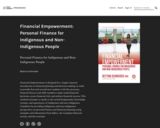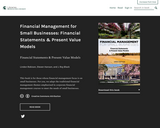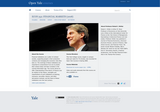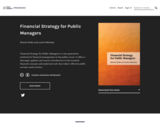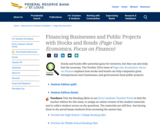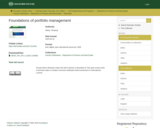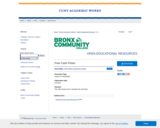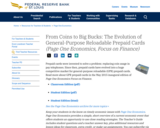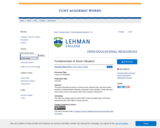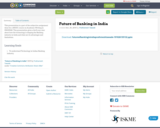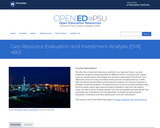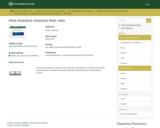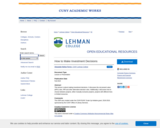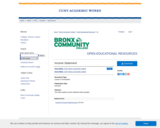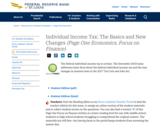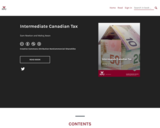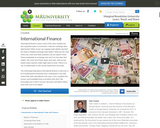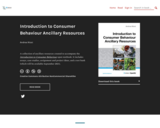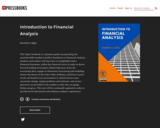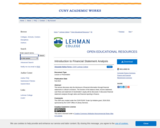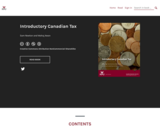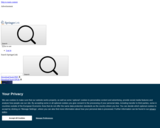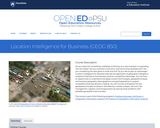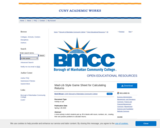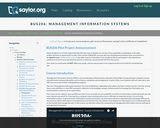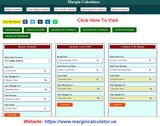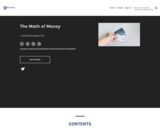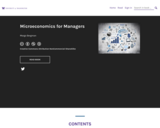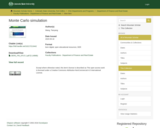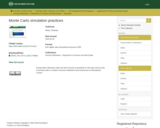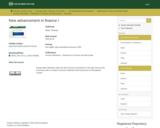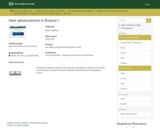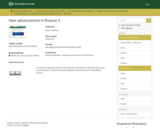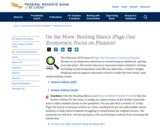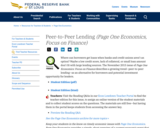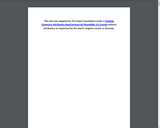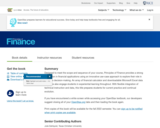Using Interactive Microsoft Excel Templates
Short Description:
Introductory Business Statistics with Interactive Spreadsheets - 1st Canadian Edition is an adaptation of Thomas K. Tiemann's book, Introductory Business Statistics. In addition to covering basics such as populations, samples, the difference between data and information, and sampling distributions, descriptive statistics and frequency distributions, normal and t-distributions, hypothesis testing, t-tests, f-tests, analysis of variance, non-parametric tests, and regression basics, the following information has been added: the chi-square test and categorical variables, null and alternative hypotheses for the test of independence, simple linear regression model, least squares method, coefficient of determination, confidence interval for the average of the dependent variable, and prediction interval for a specific value of the dependent variable. This new edition also allows readers to learn the basic and most commonly applied statistical techniques in business in an interactive way -- when using the web version -- through interactive Excel spreadsheets. All information has been revised to reflect Canadian content.
Long Description:
Introductory Business Statistics with Interactive Spreadsheets – 1st Canadian Edition is an adaptation of Thomas K. Tiemann’s book, Introductory Business Statistics. This new edition still contains the basic ideas behind statistics, such as populations, samples, the difference between data and information, and sampling distributions as well as information on descriptive statistics and frequency distributions, normal and t-distributions, hypothesis testing, t-tests, f-tests, analysis of variance, non-parametric tests, and regression basics. New topics include the chi-square test and categorical variables, null and alternative hypotheses for the test of independence, simple linear regression model, least squares method, coefficient of determination, confidence interval for the average of the dependent variable, and prediction interval for a specific value of the dependent variable.
This new edition also allows readers to learn the basic and most commonly applied statistical techniques in business in an interactive way — when using the web version — through interactive Excel spreadsheets. For each topic, a customized interactive template has been created within which selected values can be repeatedly changed to observe how the entire process, as well as the outcomes, are automatically adjusted.
Also, in this adapted edition, the real-world examples throughout the text, and the information in general, have been revised to reflect Canadian content.
Word Count: 44900
ISBN: 978-1-77420-007-0
(Note: This resource's metadata has been created automatically by reformatting and/or combining the information that the author initially provided as part of a bulk import process.)




